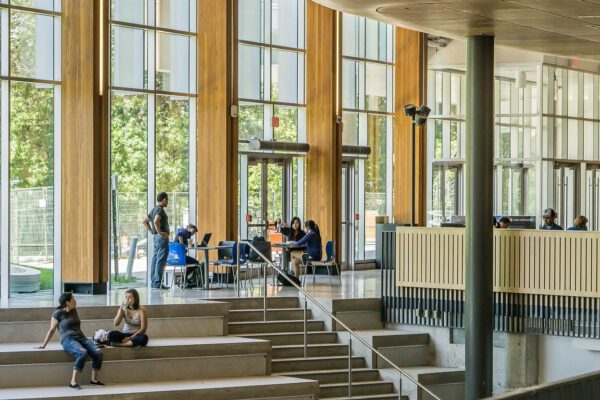All Posts

Enhancing the Quality of the International Student Experience
What can colleges and universities do to counteract the message that the United States is no longer a welcoming environment for international students and scholars? Some institutions are finding success in thinking more holistically about the entire international student experience, from initial contact through alumni status.
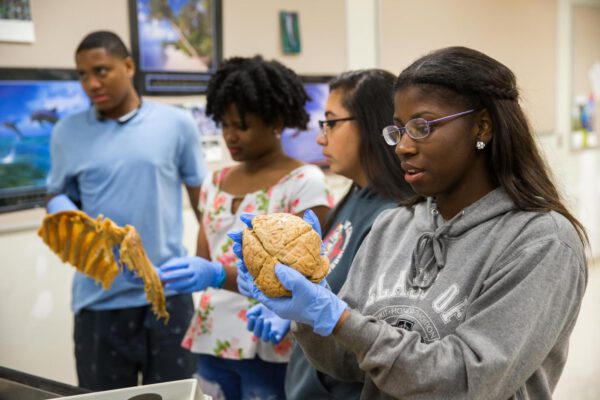
Climate, Mentoring, and Persistence Among Underrepresented STEM Doctoral Students
To ensure true equity and success for underrepresented students in STEM, institutional efforts to increase demographic diversity through recruitment must be accompanied by the creation of an inclusive environment where students can thrive.
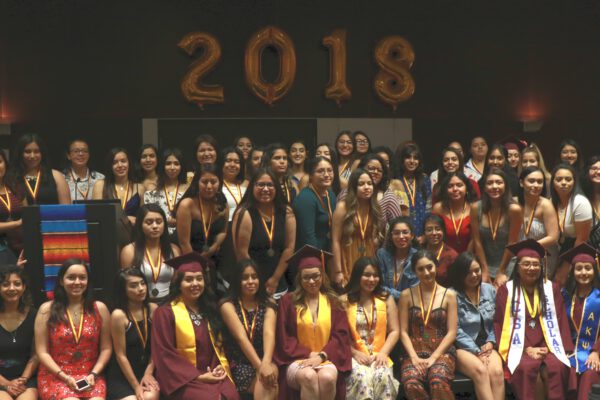
ASU Connects to Hispanic Students Through Mother-Daughter Program
Arizona State University created the Hispanic Mother-Daughter Program, an early-outreach program for middle and high school students, in 1984 knowing that one of the best ways to encourage young Latinas and other first-generation students to pursue college was to involve the family.
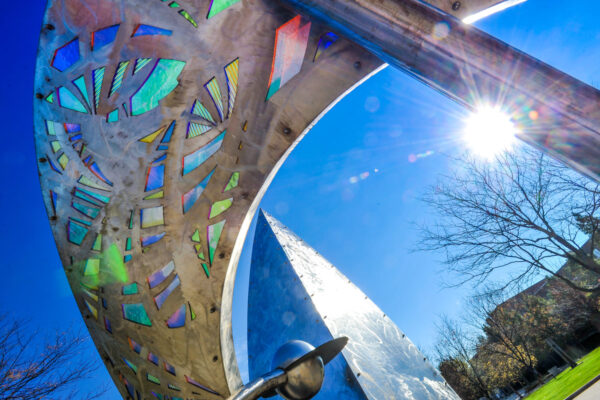
Higher Education for the Nation’s Future
ACE President Ted Mitchell introduces the Council’s new Strategic Framework, which will underpin the organization for the next three years and help chart a successful course for the future of higher education.

Better Together: Higher Education and the Federal Government Explore Evidence for the Value of College Degrees
In 2017, The University of Texas System entered into a 10-year partnership with the U.S. Census Bureau to create a pathway for higher education institutions and state education authorities to access critical data needed to show the value of a college degree. The result was seekUT, a web tool that provides students and families an easy way to see salaries of graduates by program of study compared to student debt.
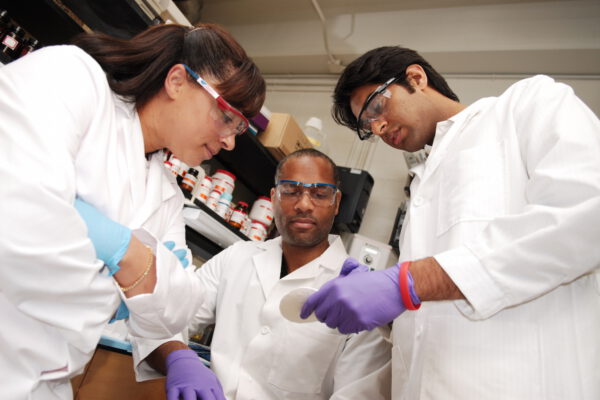
Disconnections Between Research and Practice in STEM Education
An overarching goal of STEM education research is to identify how to improve STEM learning environments through the lenses of education and social science. To make this work most effectively, this research needs to be shared with individuals directly involved in teaching or managing STEM courses. Ahlam Lee of Xavier University discusses how to make this happen.
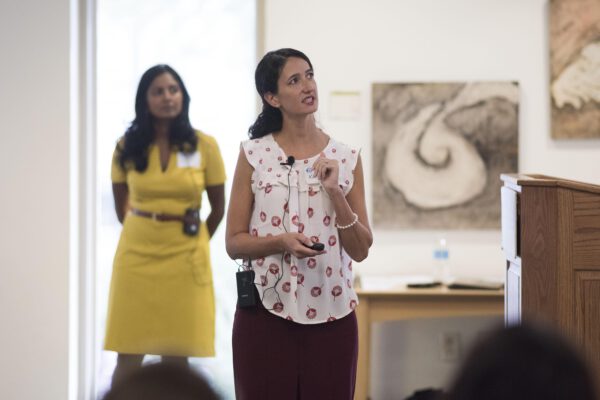
UNC Chapel Hill Professor Uses Inclusive Teaching to Make Class More Fair
A University of North Carolina, Chapel Hill professor redesigned her class to help close achievement gaps between minority students and white students as well as first-generation students and continuing-generation students. Her method, inclusive teaching, was recently featured by The Chronicle of Higher Education and is taking off among her Chapel Hill colleagues and beyond.


